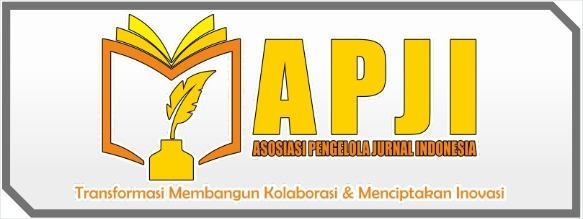Edukasi Anti Bullying Pada Siswa PKBM Negeri 34 Cipayung
DOI:
https://doi.org/10.57213/compromisejournal.v2i3.313Keywords:
bullying, students, school environments, bullying educationAbstract
The increase in bullying cases in recent years seems to indicate that the problem of bullying has not yet been resolved. In Indonesia, bullying is still a major problem that has not been resolved properly. Bullying, also known as bullying, is a person's behavior that is carried out deliberately and consciously by individuals or groups to other people with the aim of threatening, hurting and suppressing victims and is carried out repeatedly. Bullying can occur in the form of physical, non-physical, verbal, non-verbal, and through the realm of cyberspace. Bullying can also occur anywhere and by anyone, especially by children and adolescents in the school environment. Therefore, bullying prevention in the school environment needs to be done, one of which is through bullying education itself. With bullying education, students in schools are expected to understand bullying as a whole. The results of the education show that students not only understand bullying as a whole but also grow self-awareness from students to not want to commit acts of bullying in any form.
References
Dwi Christina Rahayuningrum, H. P. (2022). Edukasi pencegahan bullying pada siswa sekolah dasar. MARTABE: Jurnal Pengabdian Masyarakat, 3(1), 110-116.
Katadata. (2024). Ada 30 kasus bullying sepanjang 2023 mayoritas terjadi di SMP. Diakses dari https://databoks.katadata.co.id/datapublish/2024/02/20/ada-30-kasus-bullying-sepanjang-2023-mayoritas-terjadi-di-smp
Kemdikbud. (2021). Stop perundungan/bullying yuk! Jakarta: Kementerian Pendidikan dan Kebudayaan.
Kurnianingrum, T. P. (2023). Darurat kasus perundungan anak di dunia pendidikan Indonesia. Info Singkat: Kajian Singkat Terhadap Isu Aktual dan Strategis, 10(2).
Lestari, W. S. (2016). Analisis faktor-faktor penyebab bullying di kalangan peserta didik. SOSIO DIDAKTIKA: Social Science Education Journal, 3(2), 147-157.
Nawalin Najah, S. M. (2022). Verbal bullying siswa sekolah dasar dan pengaruhnya terhadap hasil belajar. Jurnal Educatio, 8(2), 1184-1191.
Rachma, A. W. (2022). Upaya pencegahan bullying di lingkup sekolah. Jurnal Hukum dan Pembangunan Ekonomi, 2(3), 241-257.
UNESCO. (2019). Behind the numbers: Ending school violence and bullying. Paris: UNESCO.
UNICEF. (2020). Cara membicarakan bullying dengan anak Anda. Diakses dari https://www.unicef.org/indonesia/id/cara-membicarakan-bullying-dengan-anak-anda?gad_source=1&gclid=Cj0KCQjwwae1BhC_ARIsAK4JfrzbQH92Uz5FooIanz8P_GQ_d7YwCWrkEpN2C1V8Zea73D5yAos0TzcaArWbEALw_wcB
Downloads
Published
How to Cite
Issue
Section
License
Copyright (c) 2024 Compromise Journal : Community Proffesional Service Journal

This work is licensed under a Creative Commons Attribution-ShareAlike 4.0 International License.













